Affiliate links on Android Authority may earn us a commission. Learn more.
Why would Samsung want its own GPUs?
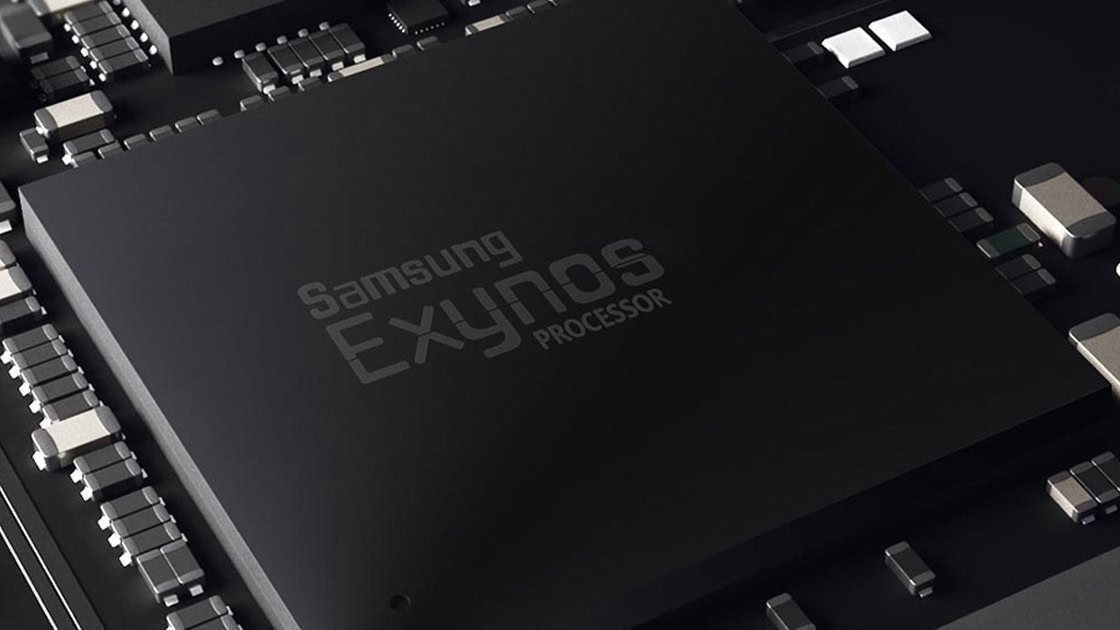
Interesting news from Samsung this week suggests the company is hiring for custom graphics processing units (GPUs) over at its San Jose office. This means the company could eventually launch a smartphone containing its own in-house GPU, much like Apple did with its iPhone X. It isn’t the first time we’ve heard about Samsung wanting its own GPUs. We were expecting in-house designs as early as 2015.
Samsung has probably been working on graphics projects for years now. Perhaps this time it’s more serious about actually releasing a product. According to one of the job listings, Samsung’s “GPU design teams, located in Austin (SARC) and San Jose (ACL), are developing a custom GPU that will be deployed in Samsung mobile products.” The big question is why.
Arm, licensing, and costs
Back in 2015, Arm and Samsung signed a longterm deal for next-gen Mali graphics products, which included the transition from Midgard to the more recent Bifrost architecture and Mali-G series GPUs. Longterm is a very vague phrase, but a 5-year span would be a reasonable length for a contract like this, which suggests an expiration or renewal could be due in mid-2020.
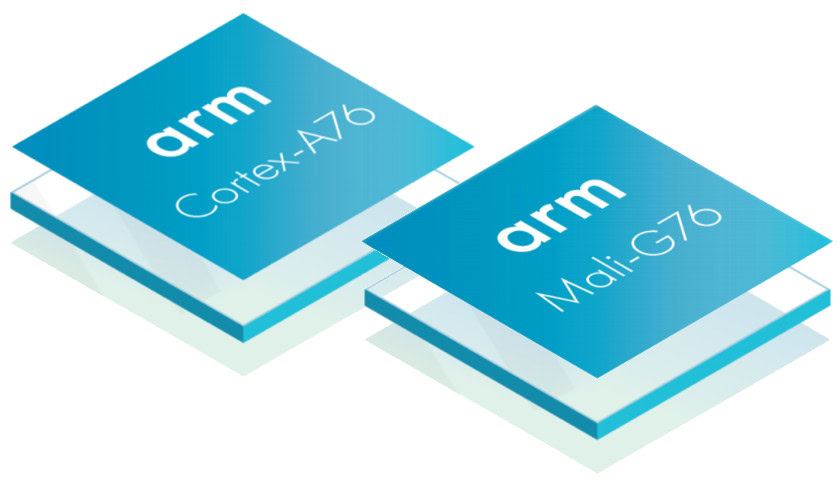
Samsung could simply be posturing ahead of a new round of licensing negotiations with Arm. Of course, it’s always important to have a backup plan in case you can’t strike the deal you want, too.
The other half of the licensing agreement with Arm is the cost, and Samsung’s semiconductor business has become a hugely important factor in the company’s profitability. With smartphone sales and margins stuttering, building its own components, including displays and memory, is keeping Samsung’s smartphone endeavor highly profitable.
Samsung will have no doubt cast a critical eye over all of its semiconductor costs. Licensing and patent payments can certainly cause accountants’ eyes to water. In-house component design is not cheap, especially when starting from scratch. If the math adds up, and in-house ends up more cost-effective in the long term, Samsung could be preparing to go down that route when its current Arm agreement expires.
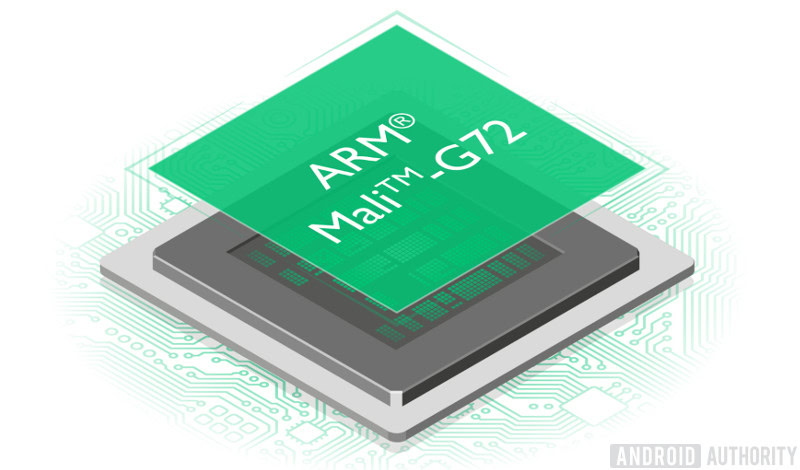
Performance is king
Samsung’s Exynos chipsets are an increasingly important part of the company’s profitability, due to thinning smartphone margins. However, its top-tier products are equally about reputation, demonstrating that Samsung is a semiconductor designer that rivals companies like Qualcomm and Apple.
A glance at the GFXBench results for Samsung’s recent flagships reveals an issue for the company’s Exynos chipset. Between the Galaxy S8 and S9, the Mali GPU configuration saw no meaningful performance increase. At the same time, both Qualcomm’s Adreno and Apple’s new custom GPU saw notable gains propel them ahead. Inconsistent graphics performance between Exynos and Snapdragon Galaxy S9 handsets could lead to a brand perception problem.
Arm's Mali GPUs have fallen behind the performance improvements seen by its competitors.
Arm’s latest Mali-G76 promises up to a 30 percent boost in efficiency, which could be put towards better performance. Even that would only just about close the gap on Apple’s current-gen GPU. Samsung may be eying up a faster solution for further down the line. Even though Samsung’s first in-house GPU is rumored to focus on low-end products, there’s little reason to doubt the company will target high-end devices once it has a good handle on its architecture.
The Exynos SoC is an important product line for Samsung, but it’s been been heavily reliant on Arm’s product roadmap in the past. If Arm is falling behind, the options are to seek another third party or go in-house to obtain the performance it requires. Samsung’s used its Mongoose cores to boost its phones’ CPU performance ahead of off-the-shelf Arm Cortex CPU cores (although that doesn’t appear to be working out too well), so maybe the company is looking at a similar trajectory with an in-house GPU design.
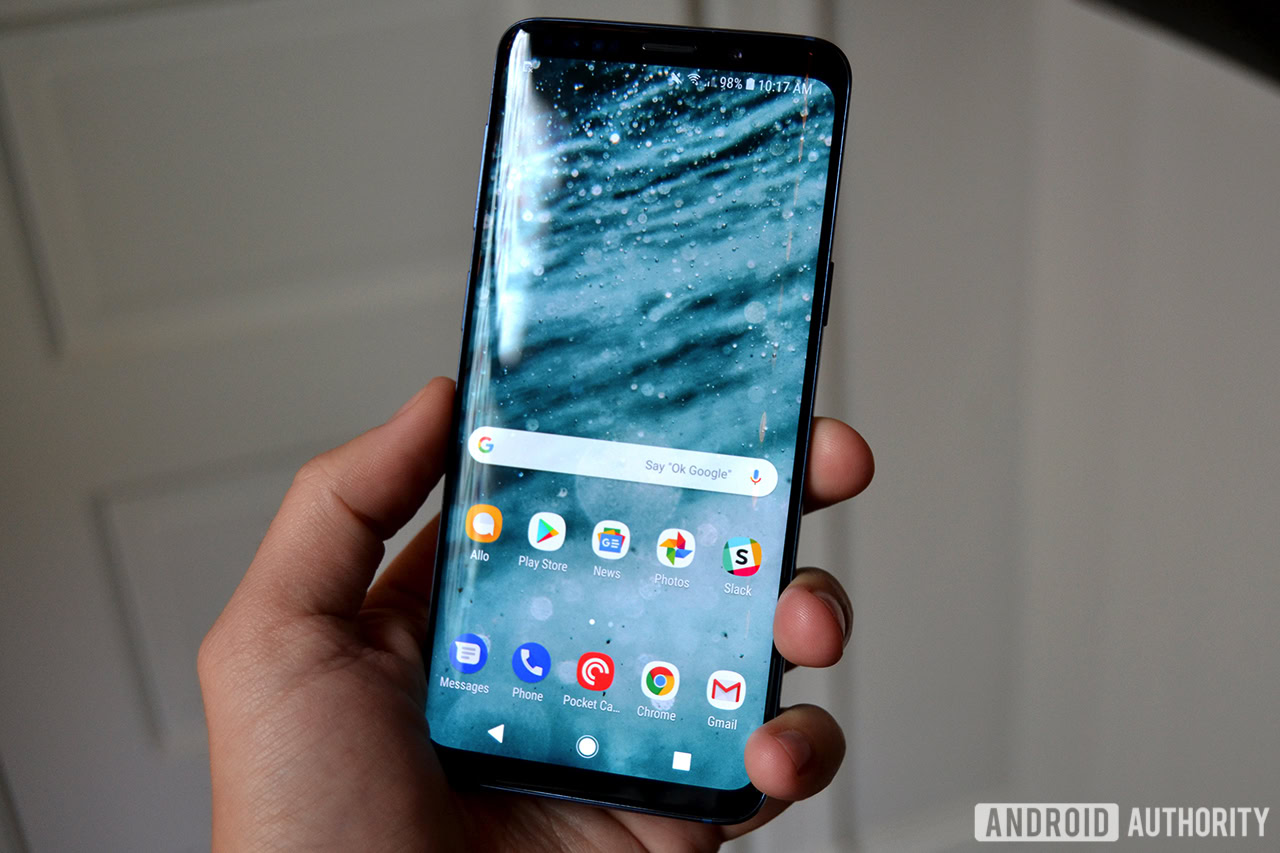
Lots of products need a GPU
The smartphone market seems like a logical introduction point for a Samsung GPU, but that doesn’t necessarily mean it’s the only market Samsung has in mind.
Millions of other devices in Samsung’s consumer electronics product portfolio feature a display, whether that’s a smart fridge or washing machine or a top of the line OLED TV set. Where there are graphics elements, you almost always want a GPU, even if it’s just powerful enough to render UI animations.
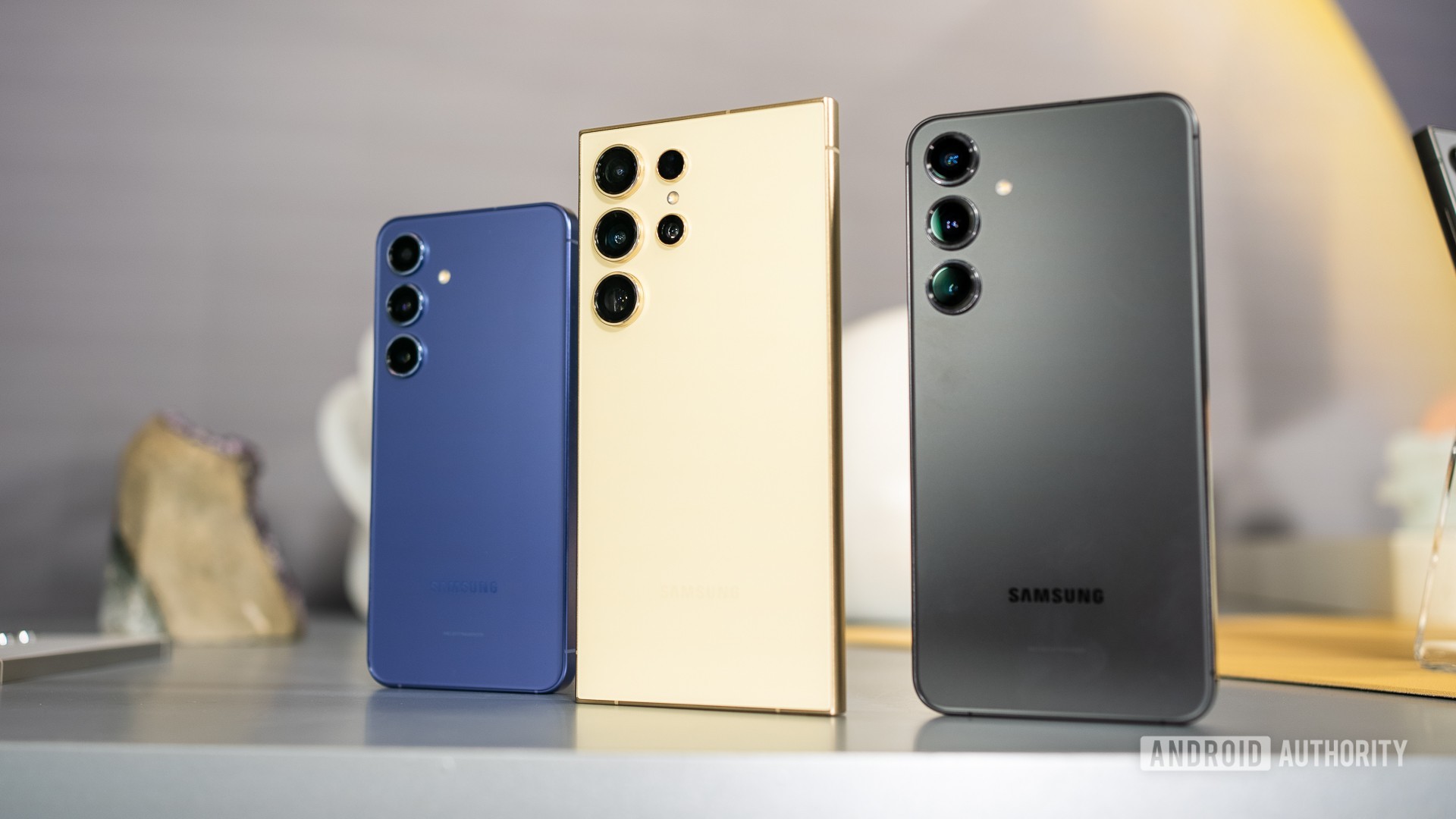
If Samsung is targeting a relatively low-performance point first, it could tie in nicely with the company’s growing focus on IoT and smart home products. Samsung still ships smartwatches too, and will almost certainly want to improve on its current dated chipset at some point.
GPU processing capabilities are also becoming increasingly important in emerging fields like object detection and machine learning, due to their ability to quickly crunch numbers in parallel faster than a CPU. This would clearly be a more longterm goal, but there are growing market segments in automotive and home security that a custom GPU could also allow Samsung to capitalize on.
Samsung has also so far resisted the trend to include a dedicated general purpose machine learning (ML) processor in its smartphones, instead relying on the GPU and vision processor to handle the work. A custom GPU design would allow Samsung to accelerate specific applications and instructions more efficiently if it has a particular vision for how ML will play out.
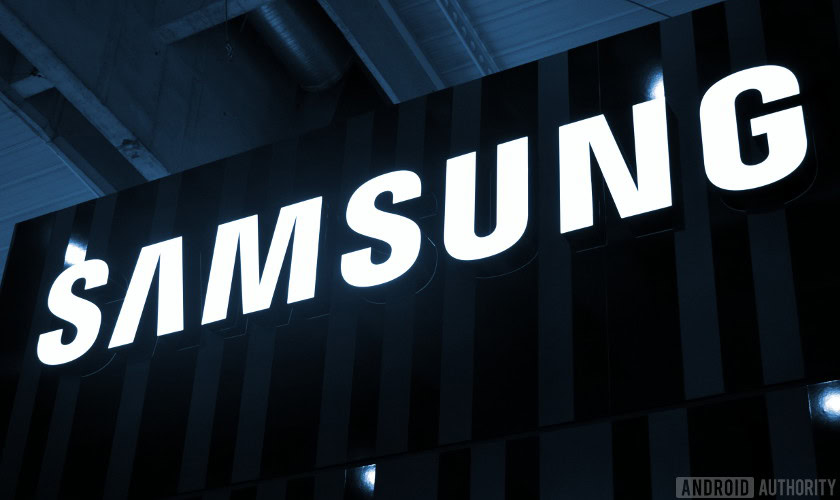
In summary
There are a number of good reasons for Samsung to want an in-house GPU. It could help with costs and profits, performance and licensing, and even for eying up new markets. However, a competitive GPU design requires years of work and considerable R&D costs. It certainly isn’t a decision to be taken lightly.
Regardless, we won't see a Samsung GPU in time for the Note 9 or S10.
Treat this news with healthy skepticism. Yes, Samsung is hiring for GPU development for smartphones, but it’s also probably been working on similar projects behind the scenes for years. There’s no guarantee this will result in a competitive or profitable GPU for the company , even if the timing might seem right.